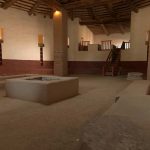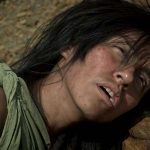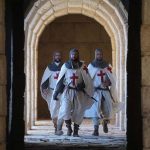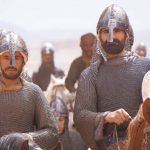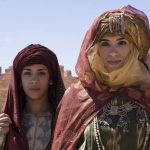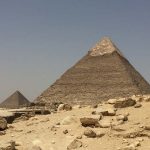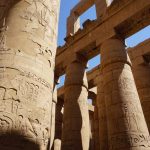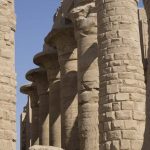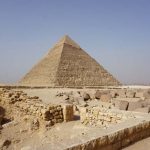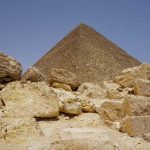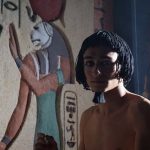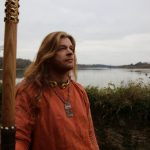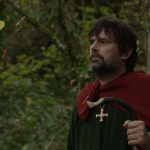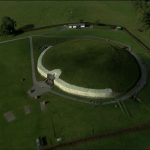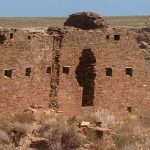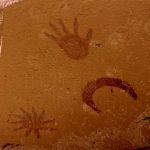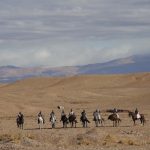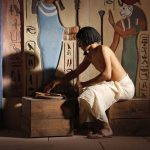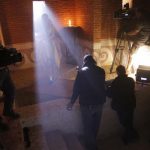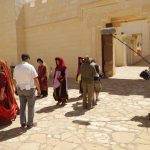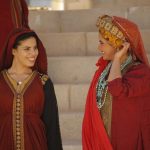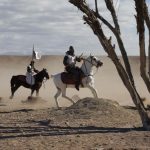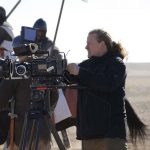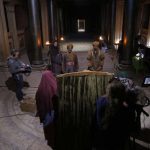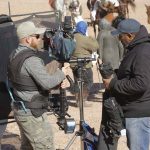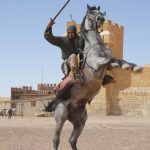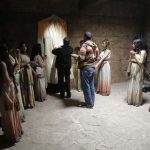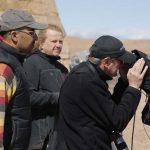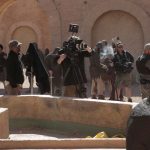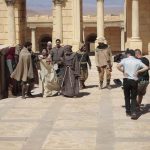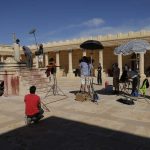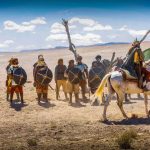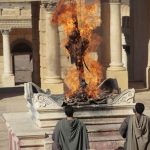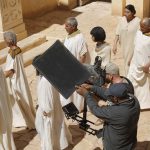Productions Sacred Sites – Season 1
Sacred Sites – Season 1
Reaching over 30 million households in the U.S. and Canada, “Sacred Sites” Season One was first broadcast on the Smithsonian Channel in September and October 2016.
Credits
- Executive Producer – Stephen Rooke
- Executive Producers – Smithsonian Channel – David Royle & Tim Evans
- Series Producer – Stephen rooke
- Producer – Laura Danaher
- Creative Producer – David Ryan
- Directors – Stephen Rooke & Ruán Magan
- Writers – David Ryan & Ruán Magan
- Editors – Jim Dalton,
- Directors of Photography – Michael O’Rourke, Colm Hogan, Piaras Mac Cionnaith
- Sound Recordists – Michael Cassidy, John Brennan
- Narrator – Eric Myers
- Music Composers – Giles Packham, Ray Harman,
- Production Managers – Maggie Fagan
- Smithsonian Channel, USA
- Section 481 – Ireland’s Film Corporation Tax Credit
Were ancient Greek prophecies triggered by seismic activity? Does a recent discovery in the Vatican Archives reveal the truth about the Knights Templar? What were the origins of the ancient Egyptian Book of the Dead? Was the fabulous rock-cut city of Petra once ruled by a ‘lost matriarchy’? Did the Pueblo Indians of Chaco Canyon resort to cannibalism and human sacrifice in the face of devastating drought? These are some of the intriguing mysteries that will be explored in Season 1 of “Sacred Sites”.
Each episode develops its central idea through a compelling narrative, exploring the beliefs and rituals of the people in question and how these are revealed in their sacred sites. As the program unfolds, we show how recent archaeological discoveries, historical research and scientific breakthroughs give a new insight into the people, their practices and their struggles, and how this is manifested in their shrines and temples. Different experts from a range of disciplines – archaeologists, geologists, chemists, anthropologists, bioarchaeologists and astrophysicists – add context and offer vital new insights. We also explore how the ancient sites remain sacred in the present day, as the focus of rituals by modern pagans or, in some cases, the indigenous peoples themselves. These sequences contribute to each episode’s central thesis as the narrative builds to a surprising conclusion. Ultimately, we see how the new discoveries add to our knowledge of the civilization. We also gain insights into what this tells us about ourselves and the world we live in today.

